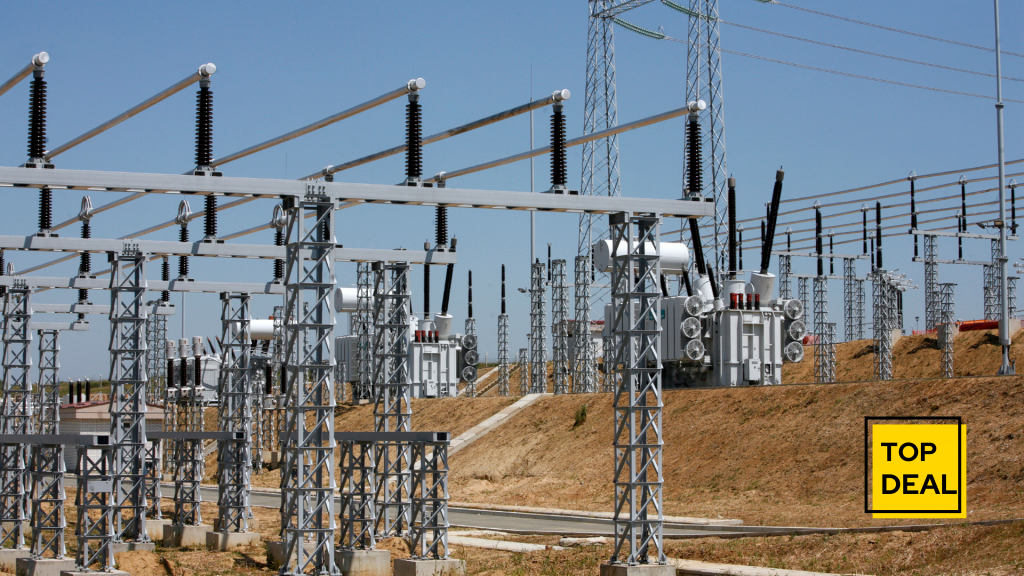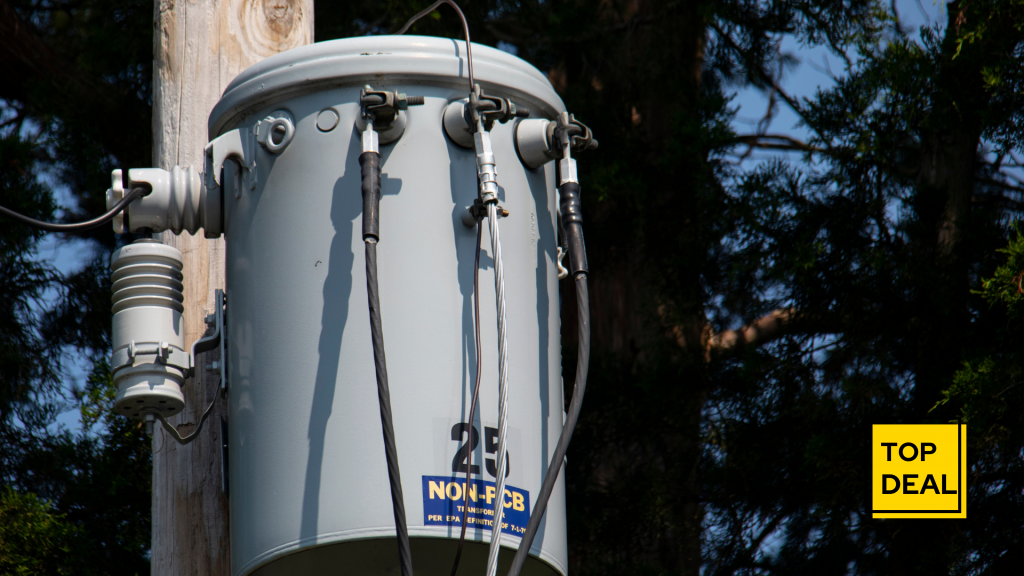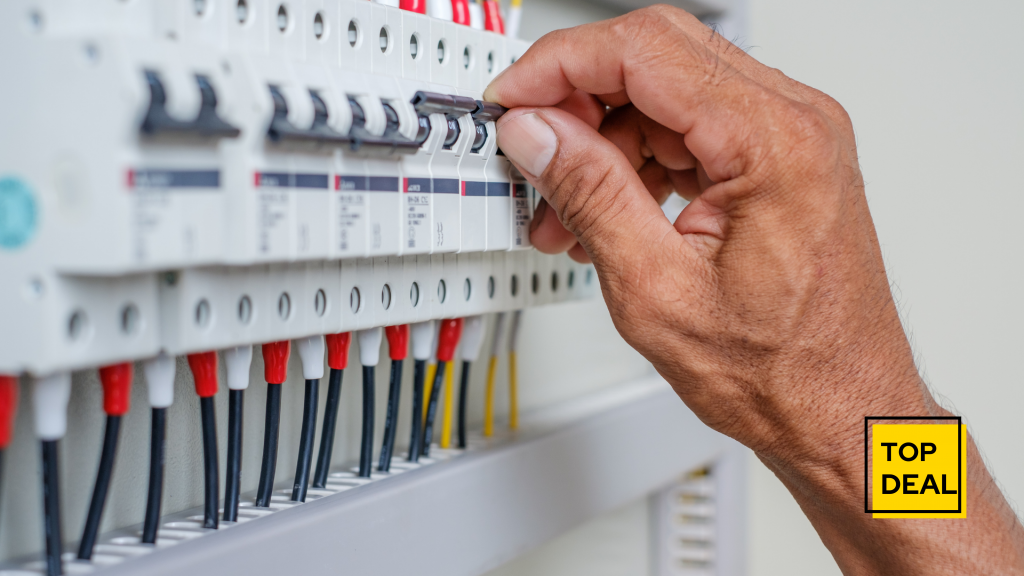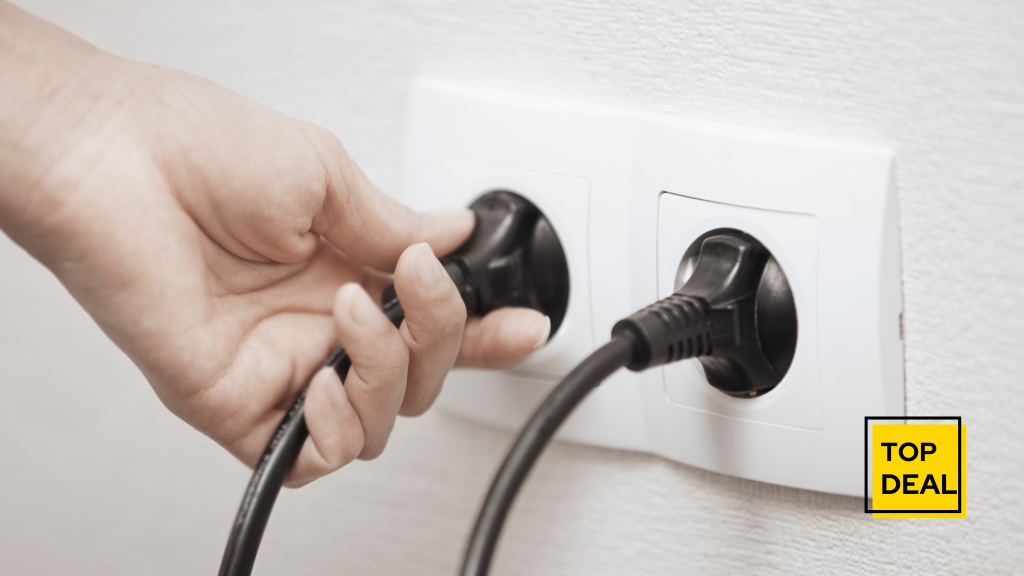
Home Electrical System and 8 Important Things to Know About it
Early in the twentieth century, before the invention of home electrical systems, most people relied on gas lamps for light. The first glow came from candles or oil-burning lamps, which had to be refilled frequently with liquid fuel. The next innovation was the introduction of gas-powered lamps not long after Thomas Edison invented his lamp bulb. However, these were expensive and dangerous because they sometimes exploded.
The modern electric system wasn’t born until 1890, when William Stanley Jr., an inventor living in New York State, created a small machine that could run an electric generator called an “alternator.” It was based on Faraday’s law of electromagnetic induction discovered back in 1831 by Michael Faraday.
The alternator works by rotating a set of coils within a set of stationary magnets. When the coils move close to the magnets, a voltage is generated in the wire loops.
This was a wonderful innovation at a time when America’s cities and towns were just beginning to switch from gaslight to electric power. Stanley installed his first generator for commercial use in Great Barrington, Massachusetts. Soon, home lighting systems were created that used a 110-volt current to provide electricity through metallic wiring for both indoor and outdoor use.
A small transformer changes electricity by using coils wrapped around an iron core. The transformer steps up the voltage so it can pass over long distances without losing too much energy as heat or light.
1.) Electricity leaves its source ( power plant ) traveling along distribution lines at around 46,000 volts.

2.) After traveling a long distance, the line voltage is reduced to between 1,200 and 23,000 volts by a substation transformer.

3.) The distribution lines lead into a neighborhood to supply power to nearby homes.

4.) Inside a home’s service panel, a smaller distribution transformer steps the voltage down again for household use at normal levels of 110-120 V or 220-240 V depending on location.
5.) A circuit breaker protects each circuit so if too much electricity goes through one wire it won’t melt.

6. ) Electricity travels from the service panel along with metallic wiring inside the house and throughout the yard in underground plastic conduit or aluminum tubing.
7. ) Appliances such as lamps and TVs plug into wall outlets.

8.) The electricity moves through the power switch, wall outlet, and cord plug to reach its destination in a lamp or TV set.
When you flip on an electrical appliance, the wiring inside the machine carries electricity into its metal parts. These parts are called “workpieces.” A wire filament heats up when it is connected across the two ends of the circuit because of resistance. As more current travels through it, it glows red-hot with heat energy that can burn or melt things around it. While this happens, some of the energy transforms into another form of energy called light. The workpiece heats up from heat energy, making it hot to the touch. With enough energy, the workpiece also burns or melts because of a chemical change.
The first light bulbs were made with carbon filaments surrounded by a glass bulb filled with nitrogen gas and placed inside a special metal cage called a filament housing or lamp holder. A small coil of wire is attached to each end of the filament.
Conclusion:
The home electrical system is made up of wires, transformers, conductors, switches, and other components that join together to provide power for lighting (and other) appliances. It’s an amazing assortment of machinery that can be dangerous if not properly run through a circuit breaker or fuse box.
Non-technical reader takeaways: How your lightbulbs work; The history of the electric power grid; What parts are needed to make the grid work at home.

